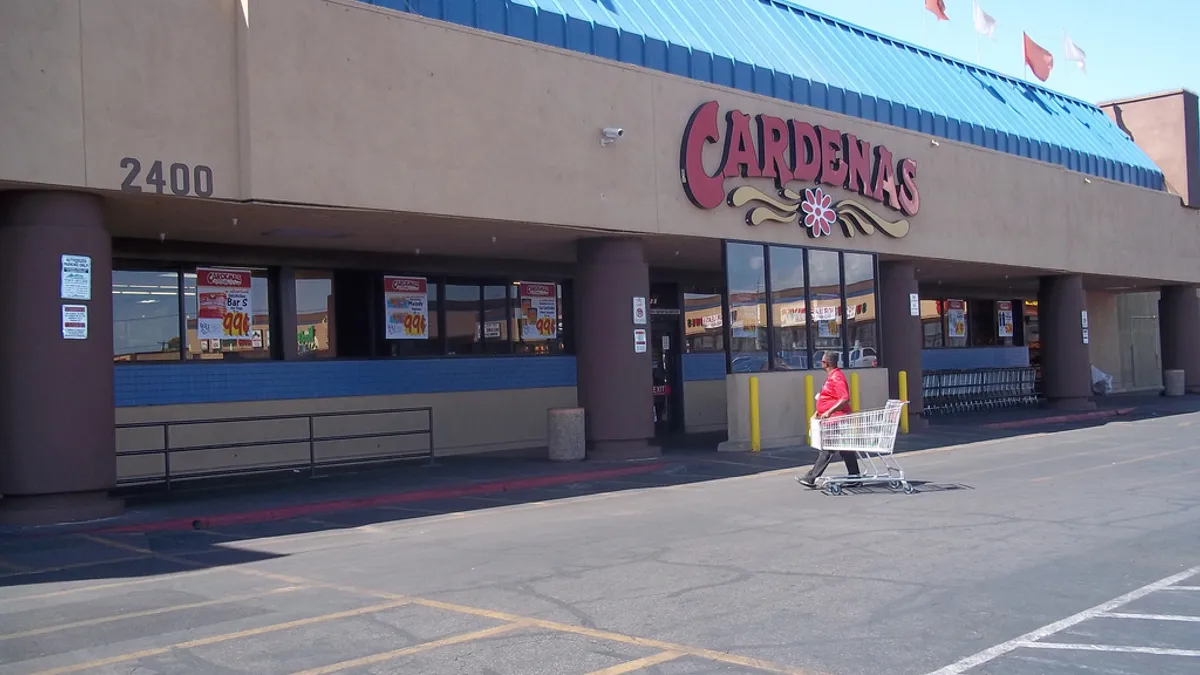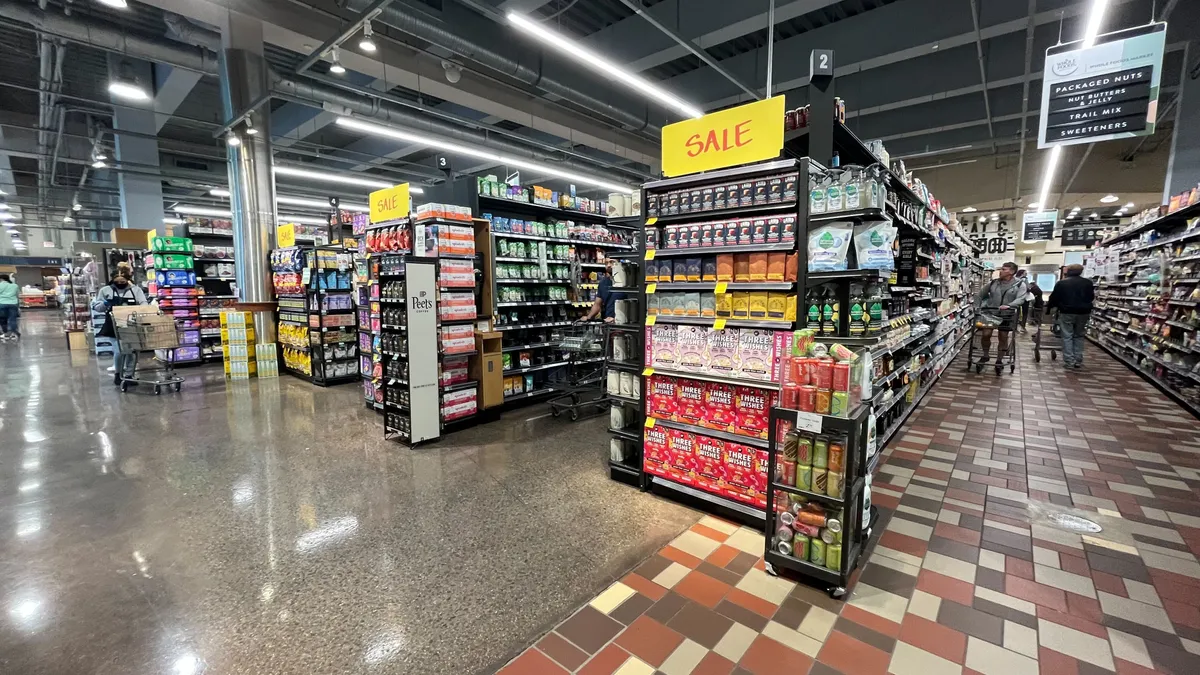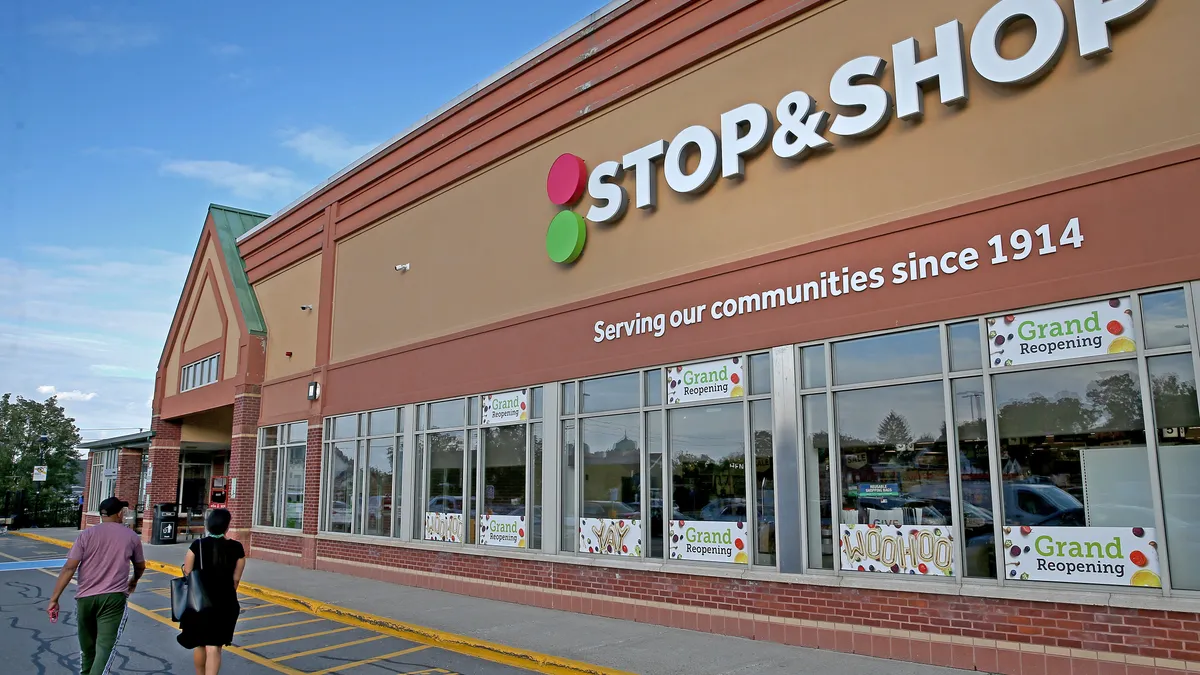Dive Brief:
- The Latino Food Industry Association announced its official launch late last week, according to a press release. The organization will help educate the public and offer support as well as advocacy for Hispanic food businesses.
- The group notes that Hispanic consumers spend at a higher rate than other shopper groups and favor valuable fresh departments. Overall, there are 54 million Latino consumers in the U.S., comprising 17% of the country’s population.
- Founding members of the group include Northgate Gonzalez and Vallarta Supermarkets along with Coca-Cola and PepsiCo. "To stay competitive in the burgeoning marketplace, we believe our members need be equipped with the necessary tools to compete and flourish in the food industry," David Lizarraga, an LFIA board member, said in the release.
Dive Insight:
The popularity of Hispanic food has surged in recent years among both Hispanic and non-Hispanic consumers, with retail sales rising from $8 billion in 2012 to an estimated $11 billion this year, according to Packaged Facts.
Grocers such as Northgate Gonzalez and Cardenas Markets are growing as Hispanic consumers seek out dedicated stores that offer authentic fresh fare, services and products that aren’t available at mainstream grocers. In markets like Texas, Florida and Southern California, Hispanic grocers are thriving where traditional grocers have struggled. Some aim to challenge other industry players with experience-focused stores.
Cardenas recently remodeled a 52,000-square foot store in Calexico, California to include more service-focused departments such as a tortilleria, juice bar and a full-service bakery. In Anaheim, a newly updated Northgate Gonzalez Market was dubbed “a Mexican-food Disneyland” by OC Weekly. Southeastern Grocers also has opened several Fresco Y Mas markets in former Winn-Dixie store locations to capitalize on this growing market.
Not only are Hispanic consumers increasing in number, as the new Latino Food Industry Association points out, but they’re also incredibly valuable to retailers because of their fresh-focused purchasing habits. According to Nielsen, Hispanic consumers spend $175 more per year on fresh foods than the average shopper.
With the Hispanic population set to increase from 17% of U.S. consumers to 24% during the next 50 years, according to Pew Research, a food trade group is a logical step for this growing segment. As Hispanic food and stores continue to expand, the Latino Food Industry Association will play a role in not just reaching Hispanic consumers, but non-Hispanic ones as well.










